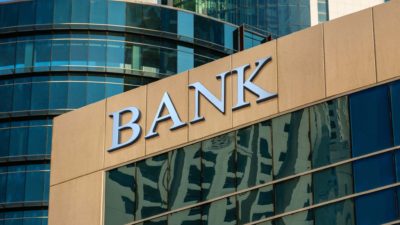The Commonwealth Bank of Australia (ASX: CBA) share price hasn't moved positively over the last five months. In fact, it's down by close to 10% since its peak in February as we can see on the chart below.
CBA operates in a very competitive industry. There are larger banks like National Australia Bank Ltd (ASX: NAB) and Macquarie Group Ltd (ASX: MQG). Then there are smaller ASX bank shares such as Bendigo and Adelaide Bank Ltd (ASX: BEN) and Suncorp Group Ltd (ASX: SUN). And then there are non-bank lenders like Pepper Money Ltd (ASX: PPM).
CBA shares were sold off earlier this year when the CEO Matt Comyn acknowledged the industry was very competitive:
The home lending market is undergoing a period of extreme change and intense competition.
Cash backs are growing in size and prevalence, and we estimate that banks have deferred costs relating to cash backs of over $1 billion. This figure has increased almost 50% in the past two years, and combined with a substantial increase in commissions over the same period, creates a margin headwind that will flow unevenly across the market.
Is it time to buy CBA shares?
Competition has reportedly slowed. ANZ Group Holdings Ltd (ASX: ANZ) is reportedly the only major bank offering cash backs now, while the growth in lending of Macquarie Group Ltd (ASX: MQG) has slowed down, according to reporting by the Australian Financial Review.
It is interesting that investors are a bit more pessimistic on banking lending profitability, even though interest rates are now much higher and CBA can generate stronger profits from transaction accounts that pay 0% interest.
The problem is that the competition is pushing down on the bank's net interest margin (NIM) and there are widespread concerns arrears may increase. There has also been stronger competition for deposits and customer switching has been greater than expected.
According to reporting by The Australian, the broker Macquarie has recently cut its earnings estimates for the banking sector by between 1% to 4%. It's also forecasting the profit margin for the banks to be between 3 basis points to 8 basis points (0.03% to 0.08%) lower than what the average analyst forecast is currently predicting.
The Australian reported:
CBA faces a bigger risk to consensus revenue expectations because its leverage to higher interest rates is being overestimated, according to Macquarie analyst Victor German.
German suggests that there's "ongoing risk to bank earnings" and price/earnings (p/e) ratio multiples in the event that economic conditions deteriorate.
It's true that CBA shares are cheaper than they were, but its p/e ratio is elevated compared to other ASX bank shares.
FY23 has already finished, so let's look at the estimates for FY24.
According to Commsec, which is supplied with independent estimates, CBA could generate earnings per share (EPS) of $5.77. That would put the CBA share price at over 17x FY24's estimated earnings.
The CBA annual dividend per share is projected to be $4.35, which would be a grossed-up dividend yield of 6.1%.








